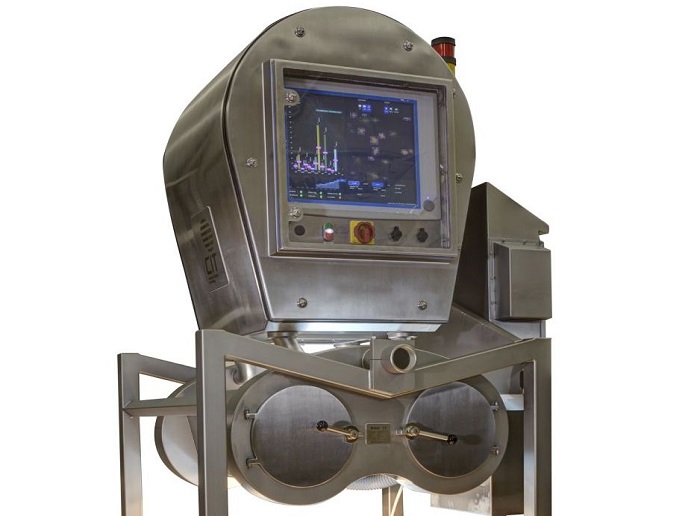Flood simulations for enhanced passenger ship safety
With new passenger ships able to accommodate more travellers, safety of evacuation and flooding control are of paramount importance. Assessing the time available for abandonment is not easy, and the decision to evacuate even less so. Uncertainty in both instances can be reduced with the development of new guidelines, methods and tools facilitating the assessment of whether or not a ship can survive a flooding accident. With the support of EU funding, the 'Integrated flooding control and standard for stability and crises management' (Floodstand) project was established to advance data collection for validating time-domain numerical tools. Project partners envisioned these would facilitate assessments of ship survivability and help develop a standard for measuring the stability of a damaged vessel. Put in place, the risk-based standard will offer decision support and the ability to systematically, rationally and effectively address the risk of flooding. Seeking to raise the level of safety foreseen by current legislation, efforts were based on finding a way to provide more detailed and reliable information as well as more effective modelling principles of ship flooding. Floodstand's analyses offered a more reliable basis for modelling water flow through doors, thus better facilitating the work of designers and operators. Using experiments to validate their approach to modelling water flows in flood simulations, scientists improved knowledge on discharge coefficients for various passenger ship openings and structures. They were also able to offer more insight into the survivability and potential outcomes of damaged cruise ships in calm waters and in waves. Floodstand established guidelines and uncertainty bounds, as well as simulations for assessing the damage and extent of flooding on a damaged ship. Project members also carried out assessments of the time to capsize and made headway in establishing methods for on-the-spot classification of the severity of ship flooding. Knowledge advanced by the Floodstand project will help ensure a higher level of safety and thus significantly reduce risks to human life during waterborne transport.







